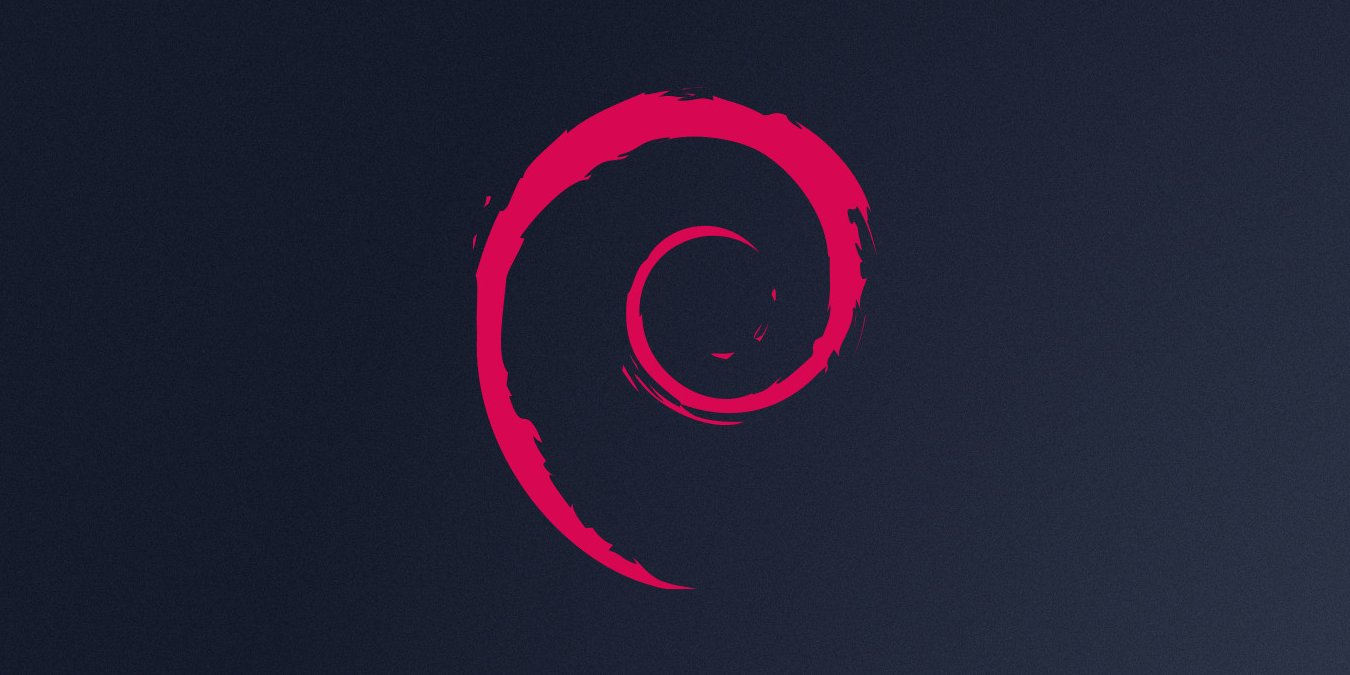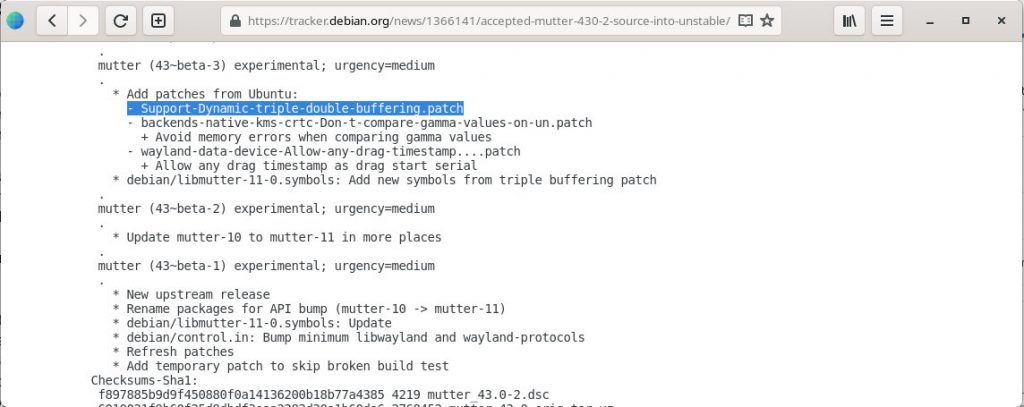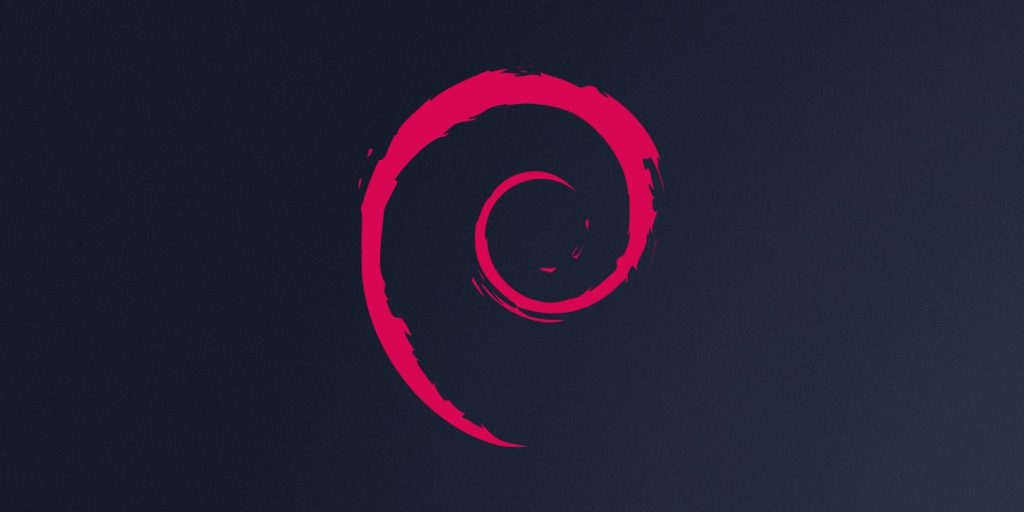There has been a lot of Debian-related news lately, including Debian will allow non-free firmware to be installed, and Debian 12 will use PipeWire as the default audio server.
Another piece of good news related to Debian 12 a few days ago is that the GNOME triple buffering technology already implemented in Ubuntu has now been merged into Debian 12.

Triple Buffering is an image processing technique. It uses one front buffer and two back buffers, and starts processing the second back buffer as soon as it finishes shading the data of the first back buffer. The triple buffering technology was mainly used in the game field before, and has become the “standard” technology in the game field, because it has no Vsync waiting time, and the game will be smoother.
The triple buffering employed on GNOME is a dynamically employed technique that is only dynamically enabled when the GPU rendering performance is falling behind (when the previous frame ran behind schedule). When triple buffering is enabled, the clock speed of the GPU is increased, which in turn contributes to the performance increase to ensure that the desktop can render at full frame rate. If the previous frame is not behind schedule, traditional double-buffering techniques are employed to avoid excessive delays.
Ubuntu first implemented it on Ubuntu 22.04 LTS, which was released in April 2022. So, if you’ve used Ubuntu 22.04 LTS recently, you must have felt the “smoothness” of its GNOME desktop. Animations, gestures, minimization, maximization, etc. are all smoother without any “lag” feeling.
The feature works great, but GNOME 43, released last month, was unable to incorporate this code in time. Therefore, distributions that are packaged separately from source and use GNOME 43 as their default desktop environment do not yet have this feature (eg Fedora).
These changes are currently available in Debian 12 (pictured below). This means that when Debian 12 is released in 2023, you should be able to use GNOME’s triple buffering technology.

Of course, if you want to be the first to try this feature, you can install the unstable version by following these steps. It is also because of instability that it can break your system, so it is only recommended to try it on a virtual machine.
- Open the sources.list file
sudo nano /etc/apt/sources.list
- Then update that file with the unstable branch as follows:
deb [repository address] unstable main contrib non-free
# deb-src [repository address] unstable main contrib non-free
- Save and exit, then run the following program from the terminal:
sudo apt update
sudo apt full-upgrade
This is good news for Debian users, and of course we hope that GNOME upstream will merge this code soon so that other distributions including Fedora, Arch Linux, etc. can also benefit from it.
#Debian #Ubuntus #dynamic #triple #buffering #technology #News Fast Delivery
